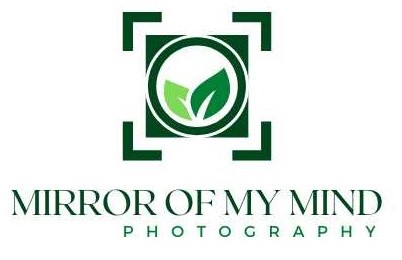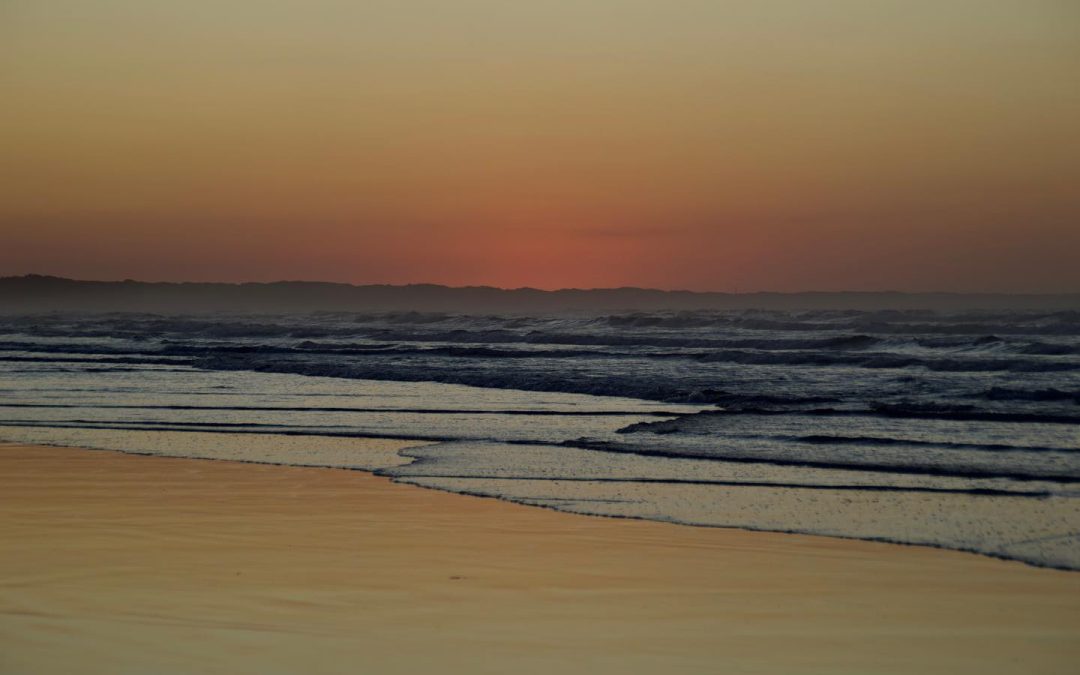Introduction:
In the realm of photography, understanding the fundamental principles is paramount to unlocking creative potential. Among these foundational concepts, the Exposure Triangle stands as a beacon, guiding photographers through the intricacies of crafting visually compelling images. Whether novice enthusiasts or seasoned professionals, delving into the nuances of aperture, shutter speed, and ISO opens doors to limitless creative expression. Let’s embark on a journey through the Exposure Triangle—a triumvirate that shapes every photograph.
Aperture: The Gateway to Depth and Light
At the core of every lens lies the aperture—an adjustable opening that governs the amount of light entering the camera. Expressed in f-stops, aperture values dictate the depth of field, influencing the focus and visual impact of an image. A wide aperture (small f-stop number) creates a shallow depth of field, perfect for isolating subjects against blurred backgrounds, while a narrow aperture (larger f-stop number) enhances sharpness throughout the frame, ideal for landscapes or group portraits.
Shutter Speed: Freezing Time or Embracing Motion
Imagine capturing the flutter of a butterfly’s wings or the rush of a speeding car—all made possible by mastering shutter speed. This parameter determines the duration for which the camera’s shutter remains open, controlling the amount of light and motion blur in an image. A fast shutter speed freezes action with precision, essential for sports photography or capturing fleeting moments. Conversely, a slower shutter speed introduces motion blur, adding dynamism to subjects in motion or emphasizing the passage of time in long-exposure shots.
ISO: Balancing Sensitivity and Grain
Completing the trinity is ISO—the sensitivity of the camera’s sensor to light. A low ISO setting yields clean, noise-free images suited for well-lit scenes, while higher ISO values amplify sensor sensitivity for shooting in low-light conditions. However, increased sensitivity may lead to digital noise or graininess, necessitating a delicate balance between ISO and available light to maintain image quality.
Mastering the Triangle: Finding Equilibrium
In photography, achieving the perfect exposure requires a harmonious balance among aperture, shutter speed, and ISO. Each component plays a pivotal role not only in exposure but also in creative expression and storytelling. Mastery of their interplay empowers photographers to adapt to diverse shooting conditions, unleash creativity, and breathe life into compositions.
Practical Tips for Application:
- Experimentation is Key: Encourage photographers to experiment with different exposure settings to understand their visual impact.
- Know Your Gear: Familiarity with camera capabilities enables informed decision-making when adjusting exposure settings.
- Embrace Manual Mode: While automatic modes offer convenience, manual control provides unparalleled creative freedom and precision.
- Practice, Practice, Practice: Mastery of the Exposure Triangle requires dedication and practice. Encourage photographers to hone their skills through consistent experimentation and exploration.
Conclusion:
The Exposure Triangle serves as a guiding principle for photographers, facilitating the creation of visually compelling and technically proficient images. By mastering the interplay of aperture, shutter speed, and ISO, photographers unlock boundless creative potential, transcending the realm of snapshots to craft evocative visual narratives. Embracing the challenge, experimenting fearlessly, and letting the Exposure Triangle be a guiding compass pave the way to photographic excellence.

